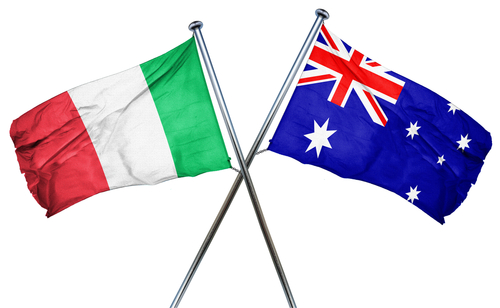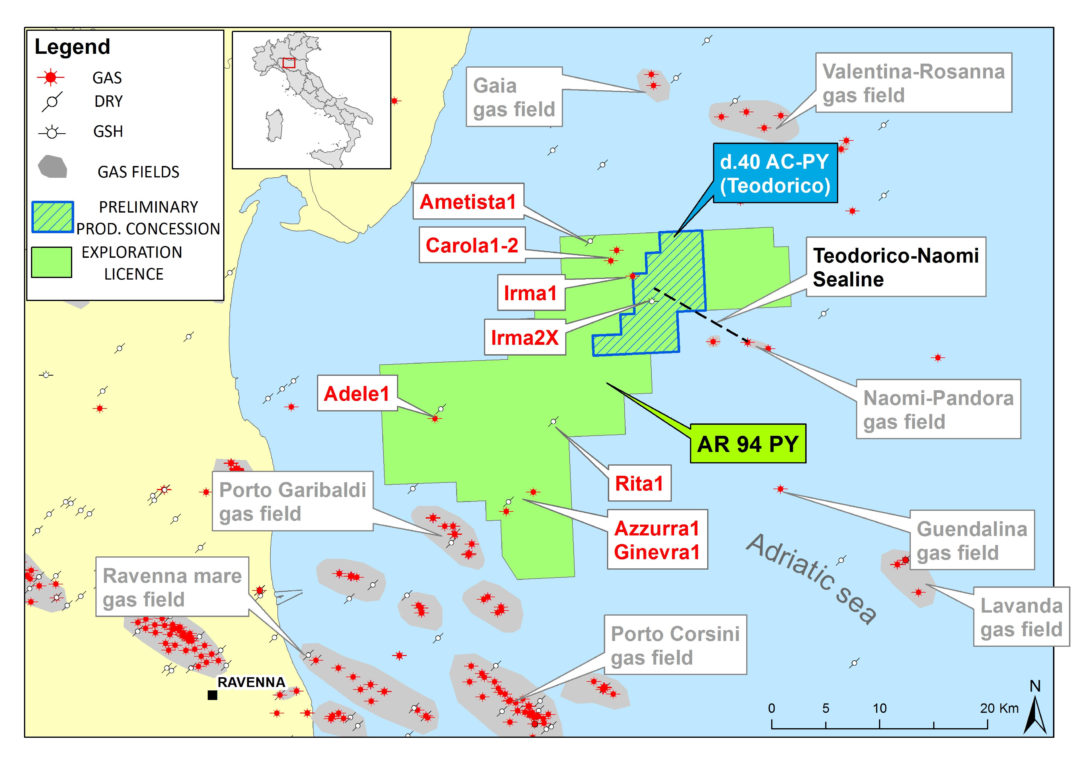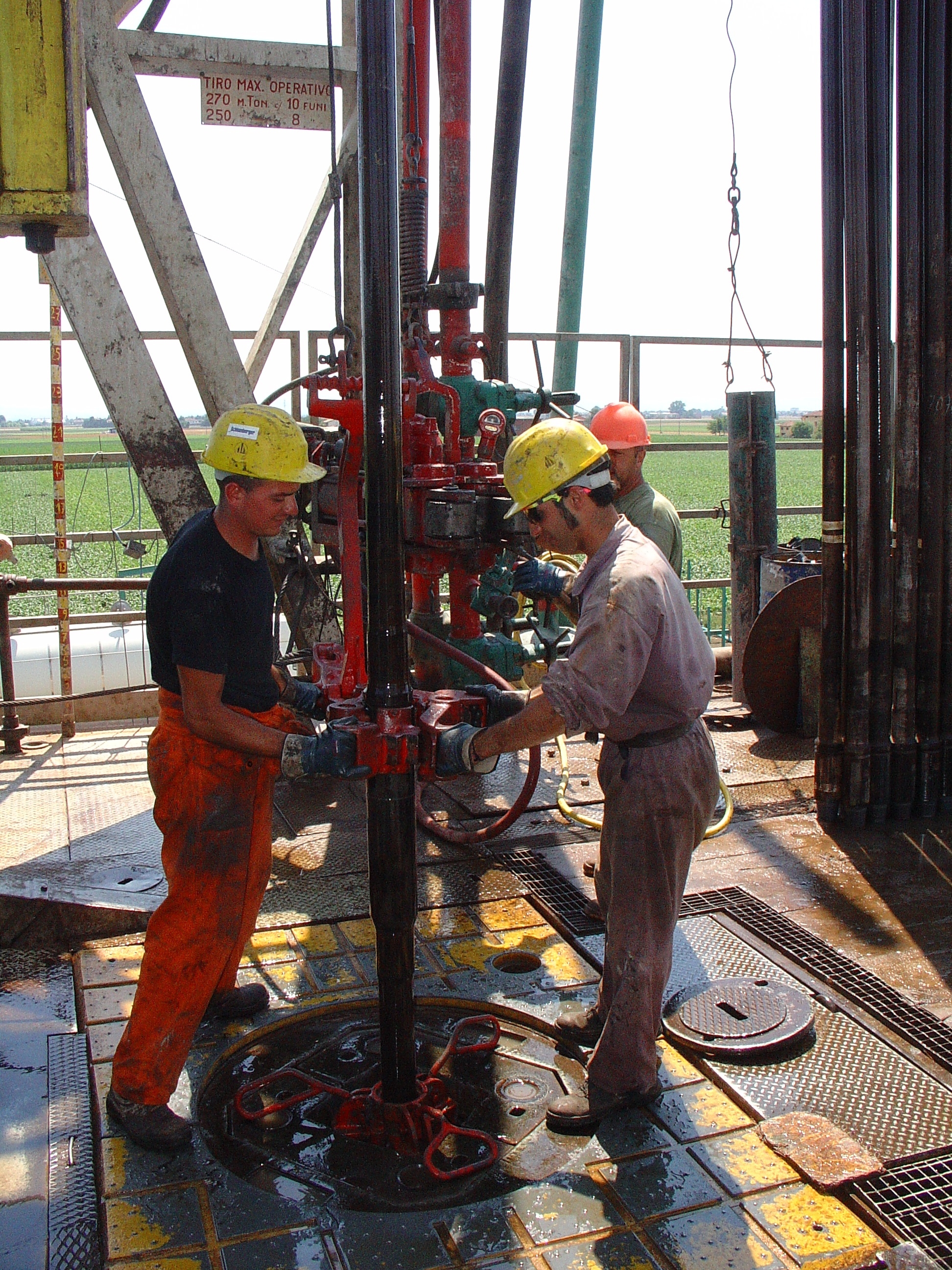MOST E&P companies have seen reserve replacement ratios declining as a consequence of a drop off in exploration and appraisal activity, energy intelligence group, Douglas-Westwood, said in a report.
The country that has bucked the trend is Myanmar, which has shaken off political and economic trade embargoes as a result of reform that saw the lifting of international sanctions in 2012. Shell, Eni and Chevron and a number of independents, notably Reliance Industries and Oil India, have been attracted to the country’s gas prospects, specifically in the Rakhine basin.
Woodside, after the discovery of the Thalin-1 well in February, has committed to an exploration program with four to seven drilling campaigns. The Perth-headquartered company recently contracted the Dhirubhai Deepwater KG2, deepwater drillship for a year-long campaign in 2017.
DW said in June an Exxon-Hess alliance had increased total reserves for the Liza field offshore Guyana to 1.4 billion barrels, twice previous estimates for the first commercial discovery in the country for 50 years.
In neighbouring Suriname, Petronas started an exploration drilling campaign in May, while Apache commenced seismic acquisition on block 58 in June.
DW said that in contrast to the muted reaction in 2015, the current round of acreage offered by state owned oil company, Staatsolie, had attracted widespread interest.
DW said that while current oil prices did not support major stand-alone deepwater developments – with all sanctioned deepwater projects in 2016 being subsea tie-backs to shore – as the market recovers, substantial reserves could be brought into development.
DW said operators who hoped to be a first mover when market conditions allowed the sanctioning of projects, should develop discoveries through conceptual / front-end engineering during the downturn.





